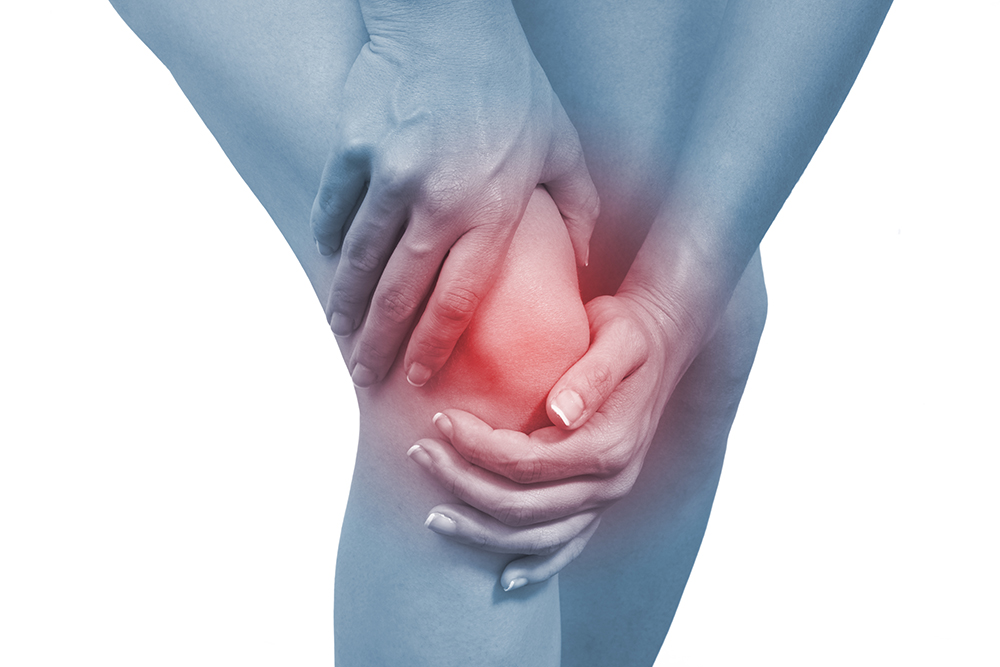 You’re up early on your feet, making breakfast and packing lunches. You’re always running around, picking up toys and walking their dog. When everything is said and done – you’re their hero, and here at My FootDr, you’re ours too, mum!
You’re up early on your feet, making breakfast and packing lunches. You’re always running around, picking up toys and walking their dog. When everything is said and done – you’re their hero, and here at My FootDr, you’re ours too, mum!
While having a little one to care for seems to amplify physical activity ten-fold for mums and dads alike, differences in our bodies can make women more vulnerable to developing a number of pains and problems. Today, we’re sharing four common foot problems we see in mums, why they occur more frequently, and what can be done to help.
If you have barely enough time to sit down, let alone read this article, scroll down to the TLDR (too long, didn’t read) sections at the bottom of every foot problem for a quick summary.
Stress fractures
 Stress fractures are tiny cracks in the bones that develop slowly over time, meaning pain may start as a niggle and gradually worsen to be severe. They often develop in the bones of the feet (specifically the midfoot) because of the high amounts of pressure on these bones during walking. For mums, this is amplified by the natural weight increase during pregnancy. As women tend to have a lower bone density, undergo many hormonal changes, and are at greater risk of osteoporosis, stress fractures tend to occur more often.
Stress fractures are tiny cracks in the bones that develop slowly over time, meaning pain may start as a niggle and gradually worsen to be severe. They often develop in the bones of the feet (specifically the midfoot) because of the high amounts of pressure on these bones during walking. For mums, this is amplified by the natural weight increase during pregnancy. As women tend to have a lower bone density, undergo many hormonal changes, and are at greater risk of osteoporosis, stress fractures tend to occur more often.
Treating stress fractures starts with not ignoring any pain that develops – even if it’s a dull ache. Stress fractures can worsen the longer you continue to walk on them, so take the time and book yourself in for an appointment with your podiatrist. Depending on the extent of the injury, you may need some orthotics to help alleviate pressure from the fracture – or you may need a temporary walking boot.
TLDR: If you develop pain in the middle of your foot that worsens when you walk on it, see your podiatrist. What can start as a dull ache may be a stress fracture and it’ll only get worse as you keep walking on it.
Heel pain (plantar fasciitis)
 Plantar fasciitis is a common cause of heel pain, characterised by sharp, stabbing pain when putting your feet down first thing in the morning or when standing after rest. The pain often lessens or subsides after walking for a few minutes. The actual injury is to the plantar fascia, a tissue that originates at the bottom of the heel and spans the arch. The fascia is activated with every step we take, so waiting for it to resolve naturally may take months or years, causing significant discomfort throughout this time.
Plantar fasciitis is a common cause of heel pain, characterised by sharp, stabbing pain when putting your feet down first thing in the morning or when standing after rest. The pain often lessens or subsides after walking for a few minutes. The actual injury is to the plantar fascia, a tissue that originates at the bottom of the heel and spans the arch. The fascia is activated with every step we take, so waiting for it to resolve naturally may take months or years, causing significant discomfort throughout this time.
Plantar fasciitis is more common in women because of the increased weight during pregnancy and the tendency to wear unsupportive shoes like flats and flip-flops. Along with the foot structure and sudden increases in activity (like running around with children), these factors overload and strain the fascia.
Plantar fasciitis is often treated with a combination of strapping, footwear changes, Shockwave therapy, stretching and orthotics. Your podiatrist will confirm your diagnosis and likely causes, and create a treatment plan to help.
TLDR: If you feel a sharp, stabbing pain first thing in the morning that eases as you continue to walk, it may be plantar fasciitis. Go to your podiatrist for a diagnosis, follow their treatment, and avoid those flip-flops until it’s better.
Ankle sprains
 Ankle sprains affect women up to 50% more often than men. They occur when we roll our foot outwards, spraining the supporting ligaments on the outside of the ankle. While these ligaments are injured, walking can be painful, our ankle may feel unstable, and we may have some swelling or bruising around the outside of the ankle.
Ankle sprains affect women up to 50% more often than men. They occur when we roll our foot outwards, spraining the supporting ligaments on the outside of the ankle. While these ligaments are injured, walking can be painful, our ankle may feel unstable, and we may have some swelling or bruising around the outside of the ankle.
Treating ankle sprains means letting the ligaments heal and recover. This can be done by keeping the foot and ankle stable and supported with good footwear, strapping, and orthotics. Any activities that twist the ankle outwards should be limited.
Ankle sprains are thought to be more prevalent in women because of a greater laxity in the ligaments, increasing the likelihood of rolling the ankle. If ankle sprains aren’t well-managed, they can lead to chronic ankle instability, leaving the ligaments more weakened and vulnerable to more sprains in the future.
TLDR: Women are 50% more likely to roll their ankles than men, so try wearing footwear that keeps the ankle stable. If sprains do occur, get them treated properly to help reduce the risk of long-standing weakness that can lead to more sprains in the future.
Knee pain
 There are two causes of knee pain that are worth mentioning here. The first is knee pain caused by injuring a stabilising ligament within the knee called the anterior cruciate ligament (ACL). Aside from pain, the knee is often left feeling unstable or weak. Women sustain this injury, on average, about 3.5 times more than men, according to prevalence studies. It is most often sustained in activities that require fast changes in direction and should be treated by your podiatrist as soon as an injury is suspected.
There are two causes of knee pain that are worth mentioning here. The first is knee pain caused by injuring a stabilising ligament within the knee called the anterior cruciate ligament (ACL). Aside from pain, the knee is often left feeling unstable or weak. Women sustain this injury, on average, about 3.5 times more than men, according to prevalence studies. It is most often sustained in activities that require fast changes in direction and should be treated by your podiatrist as soon as an injury is suspected.
The second cause of knee pain is from patellofemoral pain syndrome (PFPS). PFPS develops when the kneecap (patella) moves out of alignment as the knee bends and straightens, causing damage to the structures beneath. The result is pain behind the kneecap that can last for weeks or months without treatment. It often affects runners, and is more common in women because the angle at which our thigh bone meets the shin bone (‘Q’ angle) is on average 3 degrees wider than in men, which may place more strain on the knee joint.
TLDR: If your knee is feeling weak, unstable or painful, get it checked by your podiatrist. You may have injured a ligament in the knee, or your knee cap may be moving out of alignment. Either way, you want it checked and treated ASAP.
Need help with your foot or leg pain?
We love helping families stay healthy and happy on their feet, and care for your children’s foot problems too. We work with you to not only relieve your pain, but help prevent the problems from coming back in the future.
You can book your appointment online here or call 1800 FOOTDR




